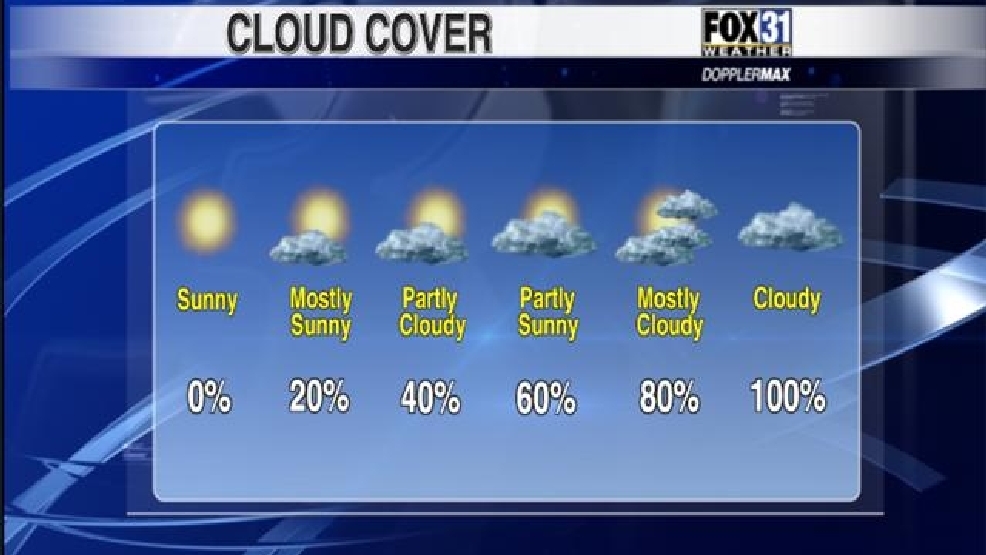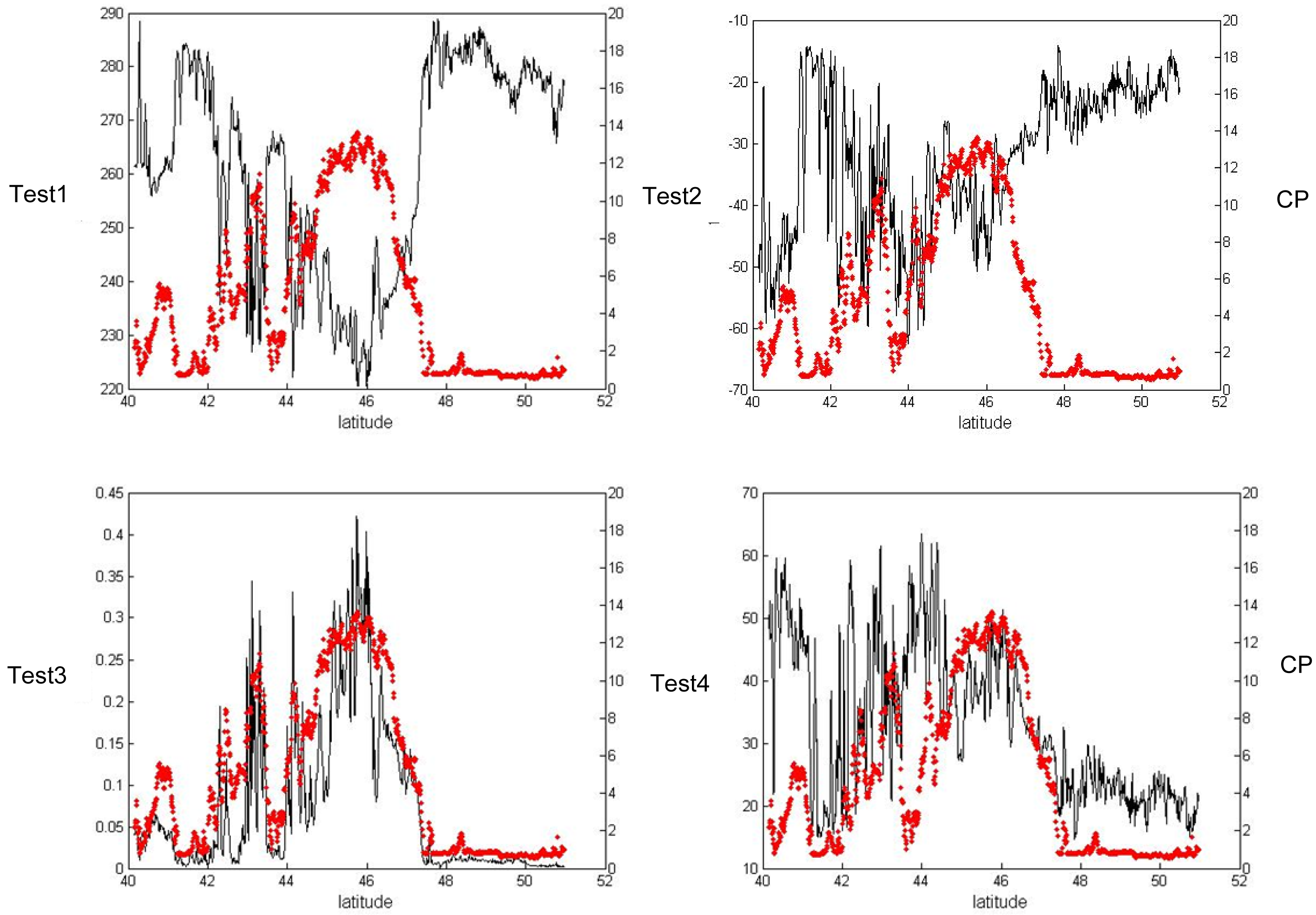
Locations in the lee of high terrain tend to be sunnier-sometimes considerably sunnier-than those on the windward side. In the 2017 eclipse, the rugged terrain of the western mountains had a large influence on the formation of clouds. In general, there is a steady increase in cloud cover from south to north. In this eclipse, the main controls on the weather, and particularly the cloud cover, lies with the season and the latitude, with smaller effects due to topography and the nature of the landscape, particularly the presence of nearby water bodies. Finding that magical viewing spot will be much more demanding than seven years earlier.įigure 1: Topographic map showing the track of the eclipse across North America.

In Maritime Canada, the last of the winter snow has yet to melt and fresh snowfalls are a threat with every weather system. Over the United States, southern parts of the track are already well into the thunderstorm season, while to the north, spring storms and occasional snowfalls still hint of the departing winter. In Mexico, the winter dry season is in its last month before the summer rains begin. April is a month of transition across the continent, with winter storms gradually giving way to the convective buildups of spring and summer.

North America’s second total eclipse of the past seven years comes at a very different season than that in 2017.

Animation of the passage of the lunar shadow created in WinEclipse, a program developed by the late Heinz Scsibrany.


 0 kommentar(er)
0 kommentar(er)
